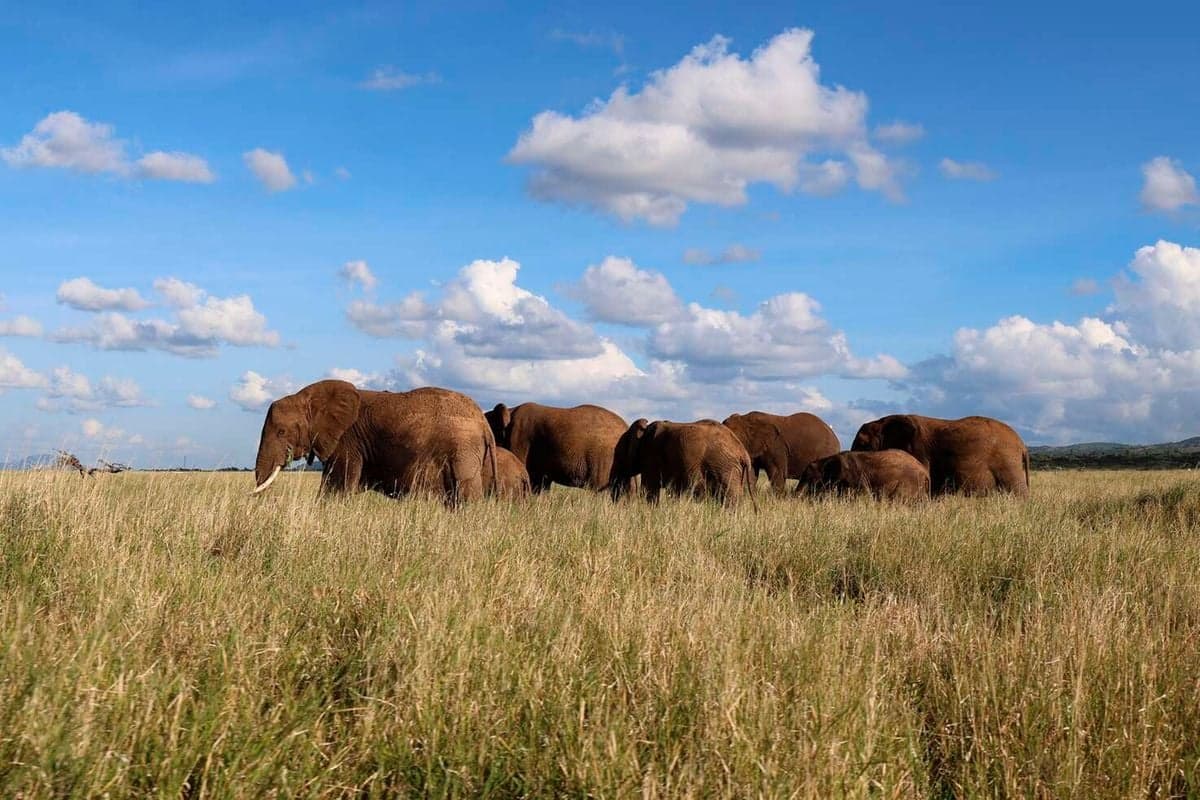Loading News Article...
We're loading the full news article for you. This includes the article content, images, author information, and related articles.
We're loading the full news article for you. This includes the article content, images, author information, and related articles.
A new government directive to secure the Nairobi National Park-Athi Kapiti wildlife corridor promises ecological benefits but threatens to displace landowners and major industrial operations, sparking a heated debate on Kenya's development priorities.

NAIROBI - A landmark Cabinet decision announced on Tuesday, November 12, 2025, to establish the Nairobi National Park-Athi Kapiti Wildlife Migration Corridor has been hailed by conservationists as a critical step in preserving Kenya's biodiversity. However, the order simultaneously casts a shadow of uncertainty over landowners and industrial investors in Machakos and Kajiado counties, some of whom now face compulsory acquisition of their property. The move brings to the forefront the long-standing tension between conservation goals and the pressures of rapid economic and infrastructural development on the fringes of Kenya's capital.
The directive, which follows a presidential call to action in July 2023, aims to reconnect the iconic Nairobi National Park with the expansive Athi-Kapiti plains, restoring vital migratory routes for species like zebra, wildebeest, and gazelles. For decades, conservationists have warned that increasing urban sprawl, fencing, and infrastructure have been choking the park, leading to habitat fragmentation and a surge in human-wildlife conflict. The government's plan involves acquiring public and private land to create a secure pathway for animals, a project slated to begin in the 2026/2027 financial year.
Proponents of the corridor argue it is essential for the ecological integrity of Nairobi National Park, the only national park within a capital city globally. The Kenya Wildlife Service (KWS) has long advocated for such measures, noting that nearly 65% of Kenya's wildlife lives outside formally protected areas. Securing these corridors is seen as fundamental to the country's conservation strategy and its lucrative tourism industry, which recorded revenues of KSh 460 billion in 2024, with wildlife tourism being a major contributor. The project aligns with Kenya's Vision 2030 and the National Human-Wildlife Coexistence Strategy (2024–2033), which prioritizes the gazettement of key wildlife corridors.
However, the implementation of the order presents significant economic and social challenges. Portions of the Export Processing Zone (EPZ) in Athi River, which hosts 21 companies and employs over 16,000 people, fall within the proposed corridor. At least 10 new companies are in various stages of setting up factories in the area. The government has assured that a framework is being developed to compensate and relocate affected investors, with the EPZA CEO, Richard Omelu, urging stakeholders not to panic. The Cabinet has stated that compensation will be guided by a new 'Comprehensive Framework for Infrastructure Projects Pricing' to ensure transparency and prevent inflated costs.
For private landowners, the directive raises concerns about compulsory land acquisition, a historically contentious issue in Kenya. The Constitution and the Land Act of 2012 permit the state to acquire land for public purposes, provided there is prompt and just compensation. Yet, past projects have been plagued by delays in payment and disputes over valuation, leaving many landowners feeling disenfranchised. In Kajiado County, land subdivision and sales to private developers have already led to the fencing off of traditional pastoral lands and wildlife dispersal areas, sparking legal battles and escalating human-wildlife conflict. The Maasai community, in particular, has ongoing grievances related to historical land injustices, although recent government actions, such as the handover of Amboseli National Park's management to Kajiado County, have been seen as a step toward reconciliation.
A 2021 task force report estimated the initial cost of the corridor project at KSh 622.5 million, which included provisions for wildlife overpasses and underpasses, but noted this figure could rise significantly with land and property compensation. The government plans to utilize innovative financing mechanisms, including nature bonds and debt-for-nature swaps, to fund the ambitious three-year project.
The establishment of the Nairobi National Park-Athi Kapiti corridor represents a critical juncture for Kenya. It is a test of the nation's ability to balance the urgent need for conservation with the rights of its citizens and the demands of a growing economy. While the ecological benefits are clear, the success of the project will ultimately depend on a transparent, equitable, and efficient process of land acquisition and compensation. As the government moves forward, all eyes will be on how it navigates the complex web of legal, social, and economic interests to secure a future for both its wildlife and its people. Further investigation is required to ascertain the full list of affected land parcels and the specific compensation packages that will be offered to landowners and businesses.